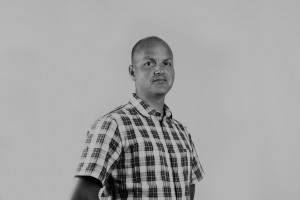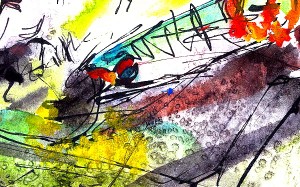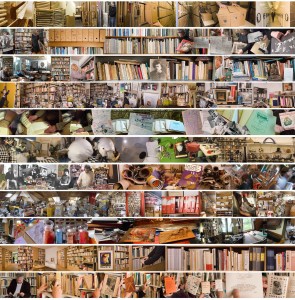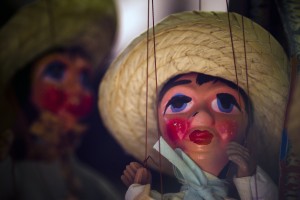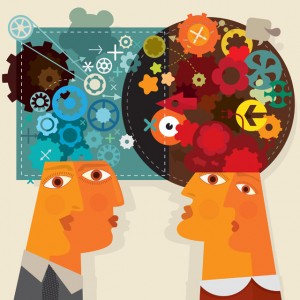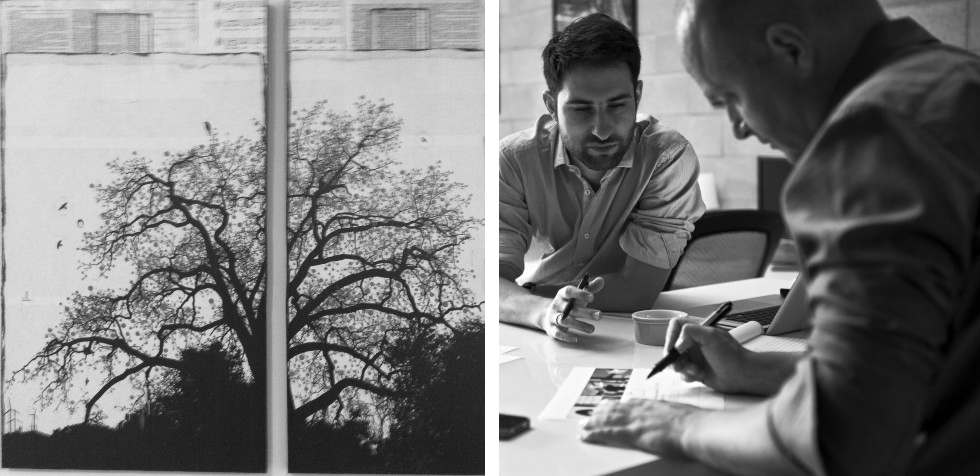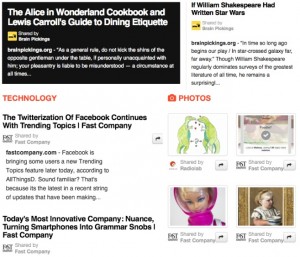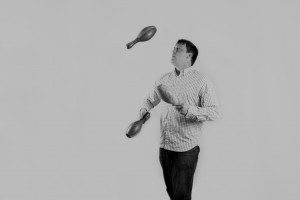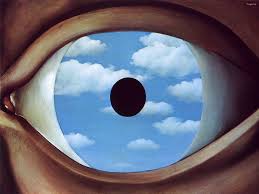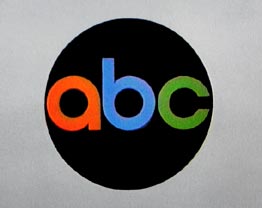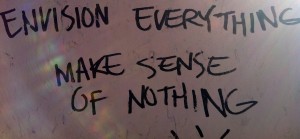 The holidays are upon us, and while they can bring with them a mountain of stress (for various reasons), there’s one emotion they trigger that we should all learn to harness all year long – gratitude. Studies have shown the positive effect of feeling genuine gratitude, which can improve overall physical and mental health, including creative problem solving and memory. And people who are more positive tend to have stronger friendships, better relationships and happier employees. Expressing appreciation towards someone not only strengthens the relationship, but it also opens up the lines of communication. This is especially important when you’ve got people of very diverse backgrounds and ways of thinking working together – often on tight timelines. We previously discussed how bringing together an eclectic team yields a unique mix of capabilities and depth. Giving direct thanks for each of their distinct contributions and insights can aid in the success of a team by ensuring each person knows they are heard and valued for what they bring to the overall conversation.
The holidays are upon us, and while they can bring with them a mountain of stress (for various reasons), there’s one emotion they trigger that we should all learn to harness all year long – gratitude. Studies have shown the positive effect of feeling genuine gratitude, which can improve overall physical and mental health, including creative problem solving and memory. And people who are more positive tend to have stronger friendships, better relationships and happier employees. Expressing appreciation towards someone not only strengthens the relationship, but it also opens up the lines of communication. This is especially important when you’ve got people of very diverse backgrounds and ways of thinking working together – often on tight timelines. We previously discussed how bringing together an eclectic team yields a unique mix of capabilities and depth. Giving direct thanks for each of their distinct contributions and insights can aid in the success of a team by ensuring each person knows they are heard and valued for what they bring to the overall conversation.
So, while Thanksgiving Day may be a good reminder to be thankful, try practicing gratitude once a day. Stuck in traffic? Use that time to think about all of the good things you have in your life, rather than what you don’t. Early for a conference call? Remind yourself of the many people who have influenced your life in one way or another. Creativity doesn’t have to be a lonely process; many times, our greatest ideas are sparked by those around us who offer feedback and encouragement to keep us going. Tell your coworkers, your employees, your business partners and your vendors how much you value them. The more gratitude you build within yourself, the more you’ll have to share, thus giving back some of that happiness – and its creative benefits – to those around you.
